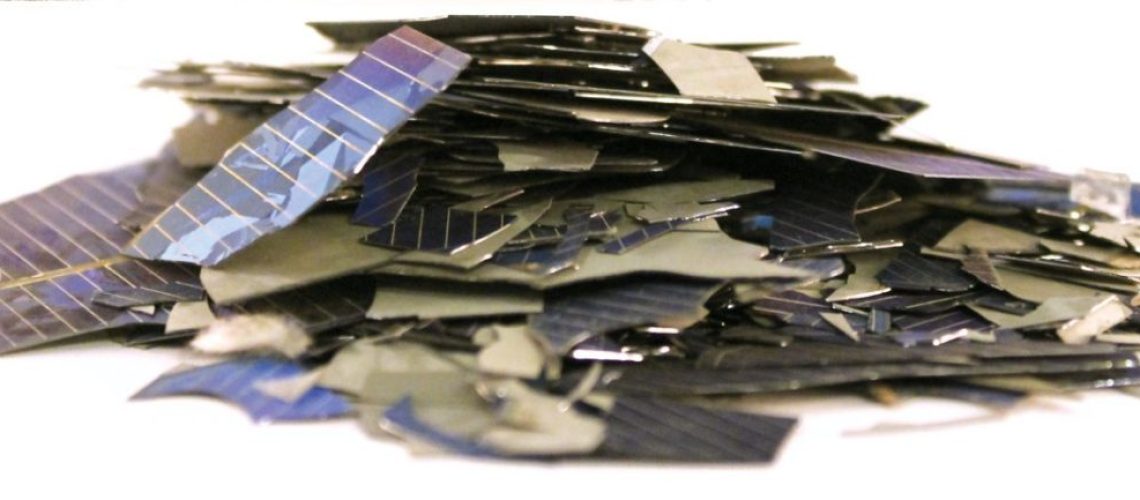Upon opening, Mycrogrid Materials Recycling will be the first solar recycling facility in the U.S. developed by a solar installation company, which is also expected to be its largest contributor of end-of-life panels.
By 2030, retired solar panels are estimated to cover an area equivalent to about 3,000 football fields as panels that end their life enter landfills. In the United States, there are no federal regulations to mandate PV recycling, and according to the National Renewable Energy Laboratory, less than 10% of the country’s decommissioned panels are recycled.
In mid-2022, Rystad Energy pegged the solar module recycling market to be worth $80 billion in the next three decades.
A Coachella Valley, California solar developer has formed a module recycling facility that plans to serve as a magnet for California and Arizona end-of-life solar panels.
Renova Energy, a residential and commercial solar installer of SunPower panels and party to the new recycling venture, Mycrogrid Materials Recycling (MMR), is on track to become one of the largest module recycling operators in the Southwest. Upon opening, anticipated in the coming years, MMR will be among the first solar recycling facilities in the nation developed in cooperation with a solar installation company, which is also expected to be its largest contributor of end-of-life panels.
MMR is a cooperative venture of Renova Energy, based in Palm Desert, Calif., and will provide recycling services for solar materials to battery systems in residential and commercial installations. Located in the eastern Coachella Valley in Southern California, the state with the highest solar penetration and dense with solar material, MMR will recycle photovoltaic modules, racking and railing, as well as battery storage equipment.
The MMR facility breaks down solar essential materials for reuse in new products to ensure that solar energy remains a truly sustainable solution. With about 95% of a typical photovoltaic panel made of recyclable materials, disassembling them, and recovering glass, silver and silicon is extremely difficult, making a recycling venture even more important as the rate of solar installations increases throughout the western U.S.
“As someone who is passionate about sustainability, the solar energy revolution isn’t really realized until we complete the circle with recycling the panels that have come to the end of their useful lifespan and the materials are used to create more panels and other products,” said Vincent Battaglia, chief executive officer of Renova Energy and a board member of MMR.
Research by NREL found that by 2040, for key materials, recycling can meet 25% to 30% of domestic solar manufacturing needs in the U.S. The agency also assumed that the U.S. will have 1.75 TW of cumulative PV installed capacity by 2050, providing great pickings for the module recycling market in the coming decades. With California projected to install a modest 22.6 GW of solar in just the next five years alone, cites the Solar Energy Industries Association, there should be no shortage of module intake at the MMR and other key recycling hubs.



